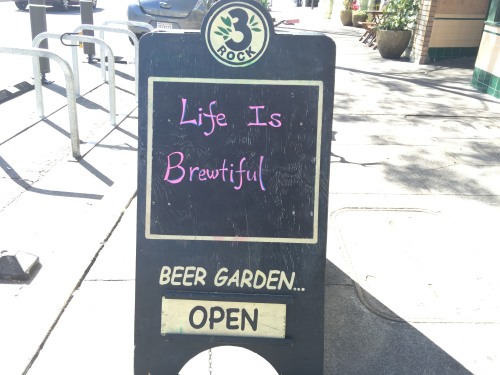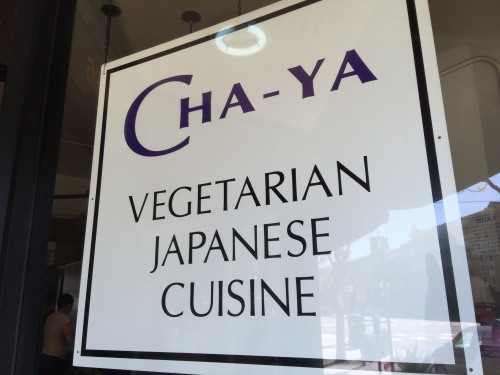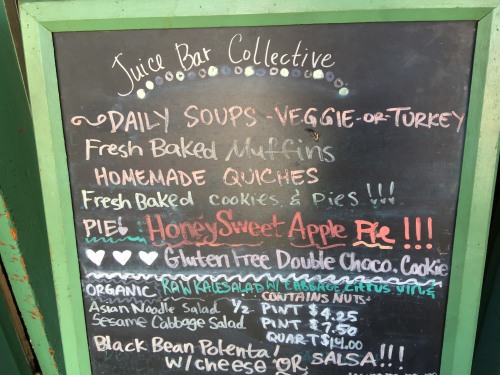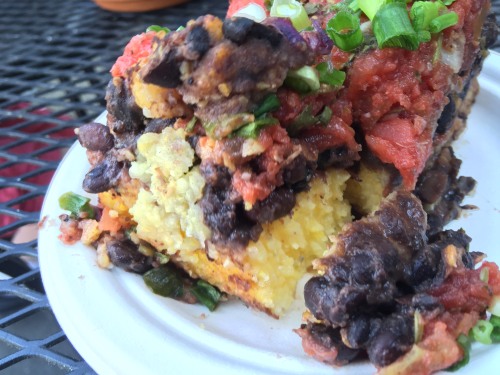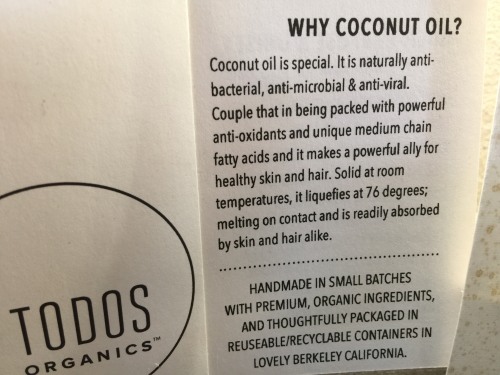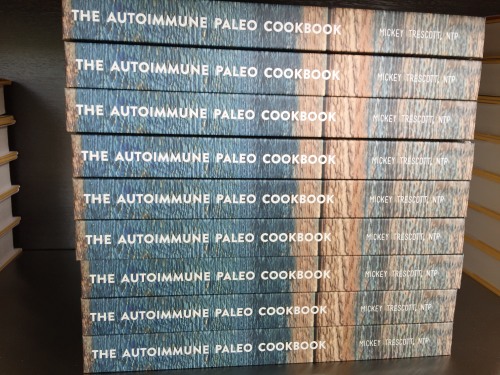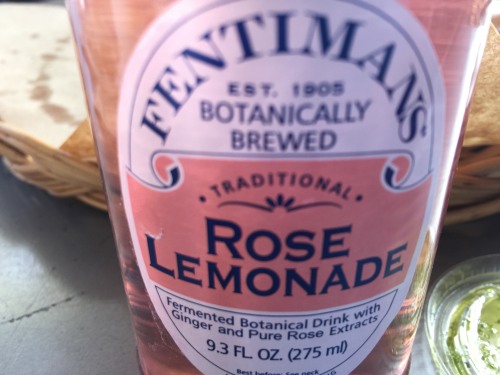“Manupra” means “Jeweled City” and points to your solar plexus in your astral body. From the solar plexus, the region extends down to your your navel-belly area. It is our third chakra, an energy vortex, a third stopover on a passage, as our Kundalini (Shakti/prana/Chi/life-force energy) rises up our spine from the base root chakra, Muladhara. The color evoked at this third focus stop in the kundalini (Shakti energy) ascension is yellow … bright yellow like the sun.
And as evoked by such color, the element associated with this energy vortex is … Fire. Thus, it is also known as the Fire or Sun Centre. The fire element manifests in the body as heat in the Solar Plexus. The Manipura Chakra is the centre of vitality, a command center that controls our energy balance essential to our health. This Chakra is powerful like a magnet, attracting Prana or Chi, life force, from the Cosmos.
Regulating the digestive fire, blockages in this centre can cause many health problems such as digestive disorders, circulatory disease, diabetes and fluctuations in blood pressure. In contrast, when the energy of this Chakra flows freely, then we are assured this constant supply of vitality – that bestows balance and strength in our whole being.
Symbolically, Manipura Chakra is often pictured as Lotus with ten petals. These represent the ten Pranas, the vital forces, which control and nourish all functions of the human body. An additional symbol of the Manipura is that of a triangle with its tip pointing downward. This indicates the Apana spreading of energy, growth and development. Activation of the Manipura Chakra frees one from negative energies and purifies and strengthens one’s vitality.
Here’s a beautiful necklace that arrived from Munich, Germany 2 weeks ago that I just love…




Here’s a description of this treasure:
“Jiva” and “Mukti” means liberated + soul. Embrace this aim with a reversible sterling silver pendant stamped with “jiva” on one side and “mukti” on the other. The chain is handmade in India and features diamond cut crystal accent beads and a large 7mm square Citrine endpoint. Designed to be worn in two ways: as a long single chain, or clasped close to the neck with a dangling accent towards the heart.”
– Lizzie Lasater
I fell in love with this necklace when I first saw it and read the description … the reversible touch is so cool, such an expression of the dualistic world we place ourselves in … but the pendant messages are “back to back”, the two are combined into one …ONENESS and it further links and pairs with the matching Jive+Mukti bracelet. For me, the Citrine accent is always going to be dangling towards the heart – my anahata chakra, full of love… as our soul, Jiva , one’s immortal essence, is housed in every heart.
Lizzie grew up with yoga (after all, her mom is that Judith Lasater…one of first American woman disciple of BKS Iyengar) and while she had one of the best teachers at home, Lizzie formally trained, her profile reads, with much revered Maty Ezraty. Lizzie now teaches in Germany, restorative yoga, a rejuvenating practice her mother helped to popularize from the Iyengar teachings, the therapeutic healing part of the great expanse of teachings, she felt was much needed in the modern world. Life her mom, Lizzie is creative and soulful… a Jiva who expresses her free and creative spirit through the beautiful designs… judging from all the beautiful jewelry she designs, her style is very elegant in a simple Zen ways. Check out her website – simple and elegant designs I find so beautiful.
In fact, I can imagine from her jewelry designs that her yoga practice must also be the same; crafted and sequenced in elegance with beautiful “lines” reflecting her creative spirit.
Citrine – an appropriate stone for me now as I was just embarking on how I can better bring about abundance… To do away the fear of scarcity, shortages and deficiencies – the feelings of small losses in our lives and sometimes there’s just “not enough”. Learned that Citrine is also a stone known as “success stone” with key words of “success, abundance, personal power” … and the fact that it dangles towards the heart … signifying all that success and abundance through faith in personal empowerment is not for ego’s sake but for … the heart … for love. I think it’s going to be one of my amulets going forth.
*** Fun “Facts” ***
Citrine is a solar plexus chakra stone used metaphysically to increase, magnify and clarify personal power and energy. This increased personal power can be used for the focused intent of the individual, as it brings will power as well.
Citrine is a fabulous stone to use to combat negative energy of any kind by breaking them up and dissipating them. It is helpful to clear unwanted energies from the environment, whether it be home, office, car, or other space indoors or out. Family issues caused by negative energies can also be cleared for resolution with citrine. Citrine is also a stone that brings hope. Since citrine eliminates negative energies, it is good for protection in general and helps bring stability energetically.
Citrine also does not absorb any negative energies from its surroundings, and thus never needs energetic clearing.
Because citrine can clear negative energy and influences from the aura, it is useful for meditation, psychic awareness, and spiritual development. By removing unwanted energies it paves the way for this spiritual and psychic growth. It is also excellent for dream recall and dream work.
excerpt from meanings.crystalsandjewelry.com
In other words, it’s just what I was looking for …a little treasure – and of course, I find “it” through my teachers.





